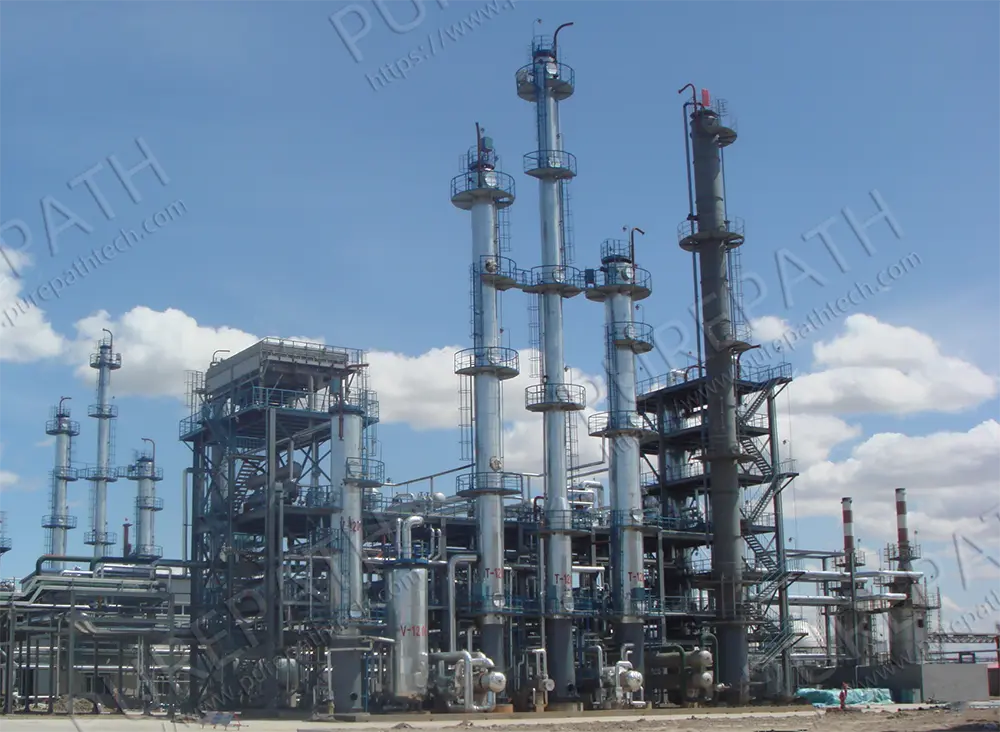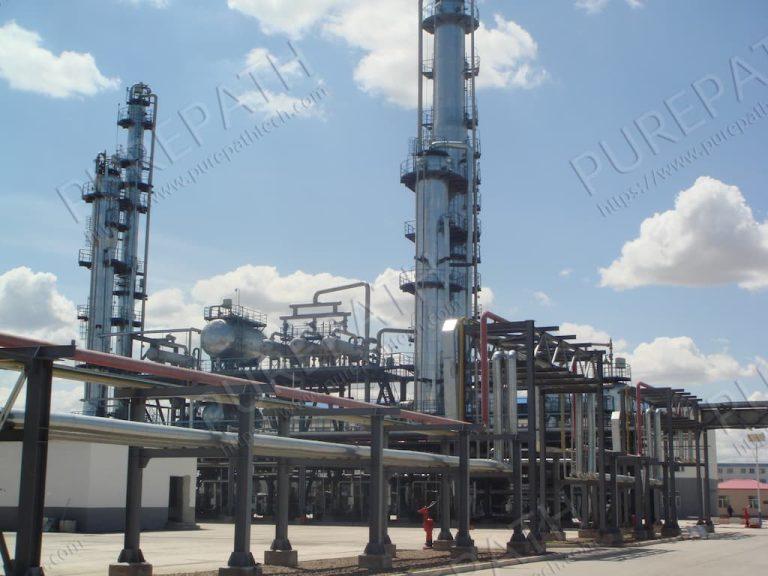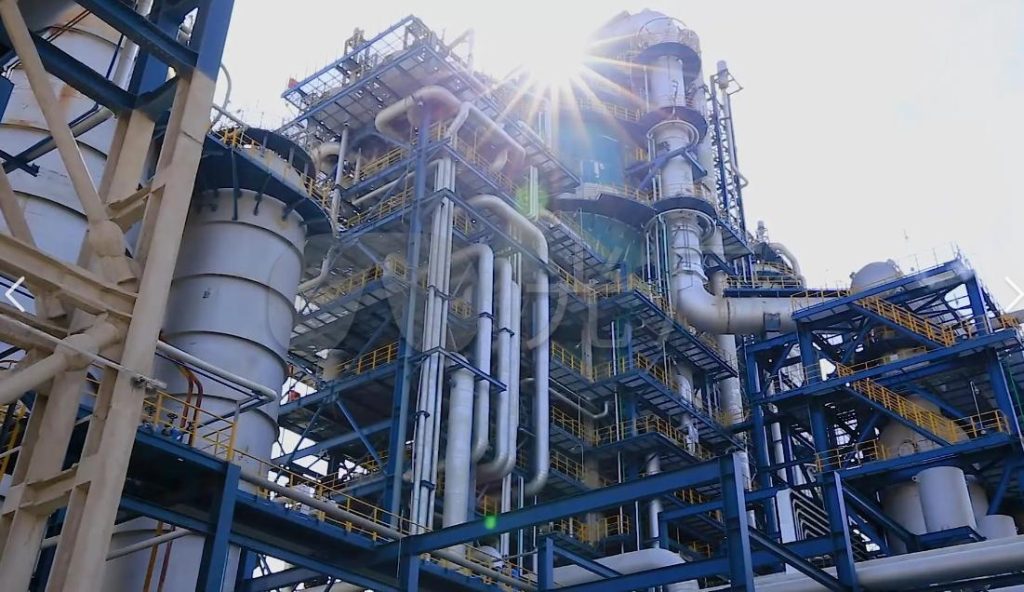Equipment and Chemical Reactions in Petroleum Refining
Petroleum refining is a critical aspect of the global energy sector, transforming crude oil into valuable products that fuel our vehicles, power our homes, and provide the raw materials for countless chemical products. At the heart of this process lies petroleum engineering chemistry, a field that combines chemical engineering principles with chemistry to optimize the transformation of crude oil into usable products. This article explores the key aspects of petroleum refining chemistry, including the chemical reactions involved, the types of catalysts used, and the production of petrochemicals from refined petroleum.
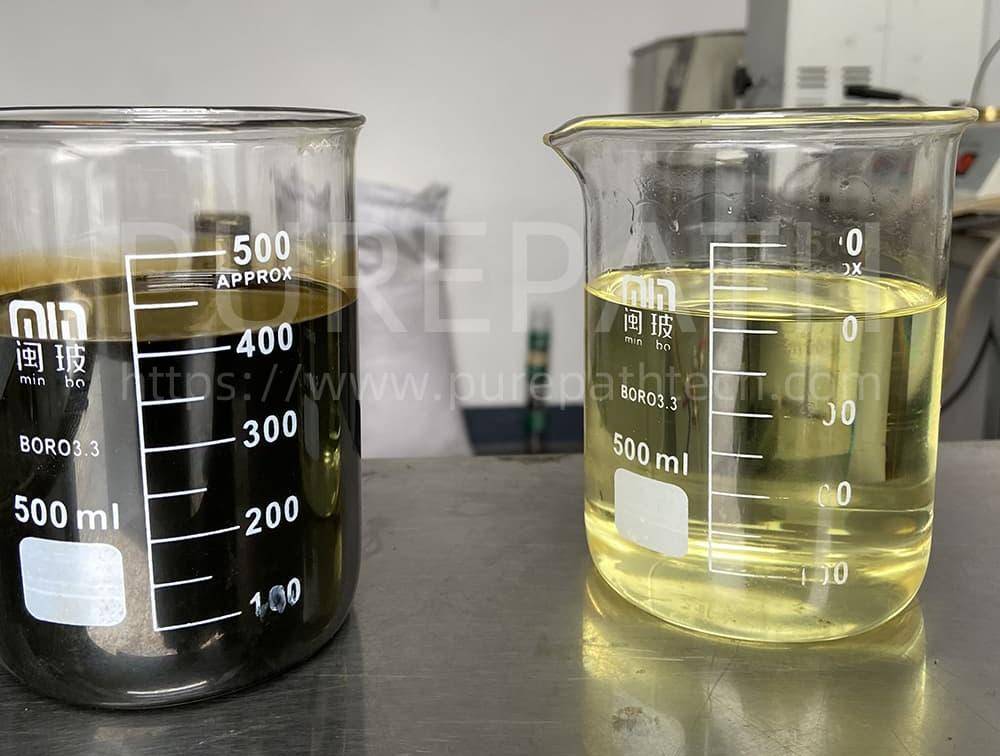
The Importance of Petrochemical Refinery in Petroleum Refining Engineering Chemistry
Petrochemical refining is a complex process that involves various chemical reactions and engineering principles to convert crude oil into valuable products. At the heart of this process lies specialized equipment designed to facilitate these chemical transformations. The significance of petrochemical refinery equipment in the refining of petroleum engineering chemistry cannot be overstated, as it plays a crucial role in optimizing processes, improving efficiency, and ensuring product quality.
1. Essential Equipment for Chemical Reactions
The equipment used in petrochemical refineries is specifically designed to support the various chemical reactions involved in refining. This includes reactors, distillation columns, heat exchangers, and separation units, each tailored to facilitate specific processes:
- Reactor Vessels: These are critical for carrying out chemical reactions such as cracking, hydrogenation, and isomerization. They provide the necessary conditions—temperature, pressure, and mixing—to optimize reaction rates and yields.
- Distillation Columns: Essential for separating crude oil into its various fractions, distillation columns utilize differences in boiling points to separate components effectively. The design and operation of these columns directly influence the purity and yield of the products.
- Heat Exchangers: These devices are vital for energy efficiency in the refining process. They recover heat from outgoing streams to preheat incoming feeds, reducing energy consumption and operational costs.
2. Enhancing Reaction Efficiency
The efficiency of chemical reactions in petroleum refining is largely dependent on the design and operation of the equipment used. Properly engineered reactors and separation units can significantly enhance reaction kinetics, leading to higher conversion rates and better selectivity for desired products.
- Catalytic Reactors: The use of catalysts in reactors is crucial for improving reaction rates without undergoing permanent changes. The design of catalytic reactors, including parameters like flow rates and temperature control, directly impacts the effectiveness of catalytic processes such as catalytic cracking and reforming.
- Optimized Mixing: Effective mixing within reactors ensures that reactants are uniformly distributed and come into contact with catalysts efficiently, which is essential for maximizing reaction efficiency.
3. Product Quality and Purity
The equipment employed in petrochemical refining directly affects the quality and purity of the final products. For instance:
- Separation Equipment: Devices such as centrifuges and membrane separators help remove impurities and undesirable components from the product streams. High-quality separation technology ensures that the final products meet stringent regulatory and market standards.
- Monitoring and Control Systems: Advanced control systems monitor parameters such as temperature, pressure, and flow rates in real-time, allowing for precise adjustments that enhance product quality. These systems ensure that the refining processes operate within optimal conditions, minimizing deviations that could affect product integrity.
4. Environmental and Safety Considerations
In modern petroleum refining, environmental and safety considerations are paramount. The design of refining equipment plays a crucial role in minimizing emissions and ensuring safe operations:
- Emission Control Systems: Equipment designed to capture and treat emissions helps refineries comply with environmental regulations. Technologies such as scrubbers and flare gas recovery systems are essential for reducing air pollution.
- Safety Mechanisms: Advanced safety features, including pressure relief valves and automatic shutdown systems, are integrated into refinery equipment to prevent accidents and protect workers and the environment.
5. Integration of New Technologies
As the refining industry evolves, the integration of new technologies into petrochemical refining equipment is becoming increasingly important. Innovations such as:
- Digital Twin Technology: This involves creating a virtual model of the refinery, allowing operators to simulate processes, predict outcomes, and optimize operations without physical changes.
- Advanced Materials: The development of new materials for construction and catalysts can enhance the durability and efficiency of refinery equipment, leading to longer operational lifespans and reduced maintenance costs.
- Process Intensification: New equipment designs that integrate multiple processing steps into a single unit can streamline operations, reduce energy consumption, and minimize the environmental footprint of refining processes.
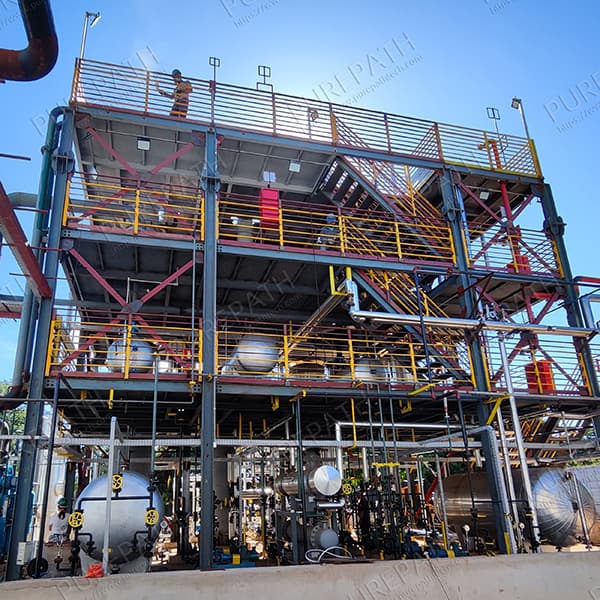
What are the Chemical Reactions in Petroleum Refining?
The petroleum refining process encompasses several key chemical reactions, each serving a specific purpose in transforming crude oil into valuable products. Understanding these reactions is essential for optimizing refinery operations and improving product quality.
1. Cracking Reactions
Cracking is a crucial step in petroleum refining, where larger hydrocarbon molecules are broken down into smaller, more valuable ones. This process can be further divided into:
- Thermal Cracking: This involves heating crude oil to high temperatures to break down large hydrocarbons into smaller fractions. This method is straightforward but can lead to undesirable byproducts.
- Catalytic Cracking: Utilizes catalysts to facilitate the breaking of chemical bonds at lower temperatures and pressures, producing higher yields of gasoline and other valuable products. The use of catalysts helps to improve selectivity and reduce energy consumption.
2. Hydrogenation Reactions
Hydrogenation is another critical reaction in refining, where hydrogen is added to unsaturated hydrocarbons to convert them into saturated ones. This process is essential for producing high-quality fuels and reducing harmful emissions. Hydrogenation is particularly important in:
- Desulfurization: Removing sulfur compounds from fuels, which helps to meet environmental regulations and reduce air pollution.
- Upgrading Heavy Oils: Converting heavy crude oils into lighter, more valuable products through the addition of hydrogen.
3. Sulfur Removal Reactions
Desulfurization involves several chemical reactions aimed at removing sulfur from petroleum products. This is crucial for producing cleaner fuels and meeting regulatory standards. Common methods include:
- Hydrodesulfurization (HDS): A catalytic process that involves reacting sulfur compounds with hydrogen to form hydrogen sulfide, which can then be removed.
- Oxidative Desulfurization: Uses oxidants to convert sulfur compounds into more easily separable forms.
4. Isomerization Reactions
Isomerization is the process of converting straight-chain hydrocarbons into branched-chain hydrocarbons, which have better combustion properties. This reaction enhances fuel quality and improves octane ratings, making it an essential step in gasoline production.
5. Aromatization Reactions
Aromatization involves the conversion of aliphatic hydrocarbons into aromatic compounds, which are key building blocks for many petrochemicals. This process is significant for producing high-octane gasoline and feedstock for the chemical industry.
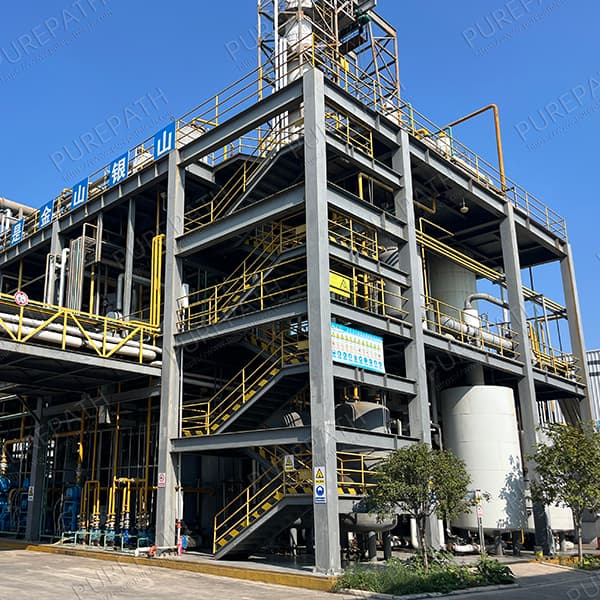
What are the Types of Catalysts Used in Petroleum Refining?
Catalysts are crucial in petroleum refining as they accelerate chemical reactions without being consumed in the process. The choice of catalyst can significantly impact yield, selectivity, and overall efficiency. Several types of catalysts are commonly used in refining:
1. Molecular Sieves in Cracking Catalysis
Molecular sieves are porous materials that can selectively adsorb certain molecules based on size and shape. They are widely used in catalytic cracking processes to enhance the selectivity and efficiency of hydrocarbon conversion.
2. Catalytic Reforming Catalysts
Catalytic reforming catalysts are essential in converting low-octane naphthas into high-octane gasoline components. These catalysts often contain platinum or rhenium and facilitate reactions such as dehydrogenation and isomerization.
3. Hydrogenation and Hydrocracking Catalysts
Catalysts for hydrogenation and hydrocracking processes are designed to promote the addition of hydrogen to unsaturated hydrocarbons. Common materials include nickel, palladium, and platinum, often supported on materials like alumina.
4. Other Specialized Catalysts
In addition to the primary catalysts, various specialized catalysts are used for specific reactions:
- Phosphoric Acid-Silica Catalysts: Used in olefin oligomerization processes to produce valuable chemicals.
- Sulfuric or Hydrofluoric Acid Catalysts: Employed in alkylation processes to produce high-octane gasoline components.
- Platinum-Zeolite Catalysts: Used in hydrocarbon isomerization to improve fuel quality.
- ZSM-5 Molecular Sieves: Utilized in diesel dewaxing to improve the cold flow properties of diesel fuels.
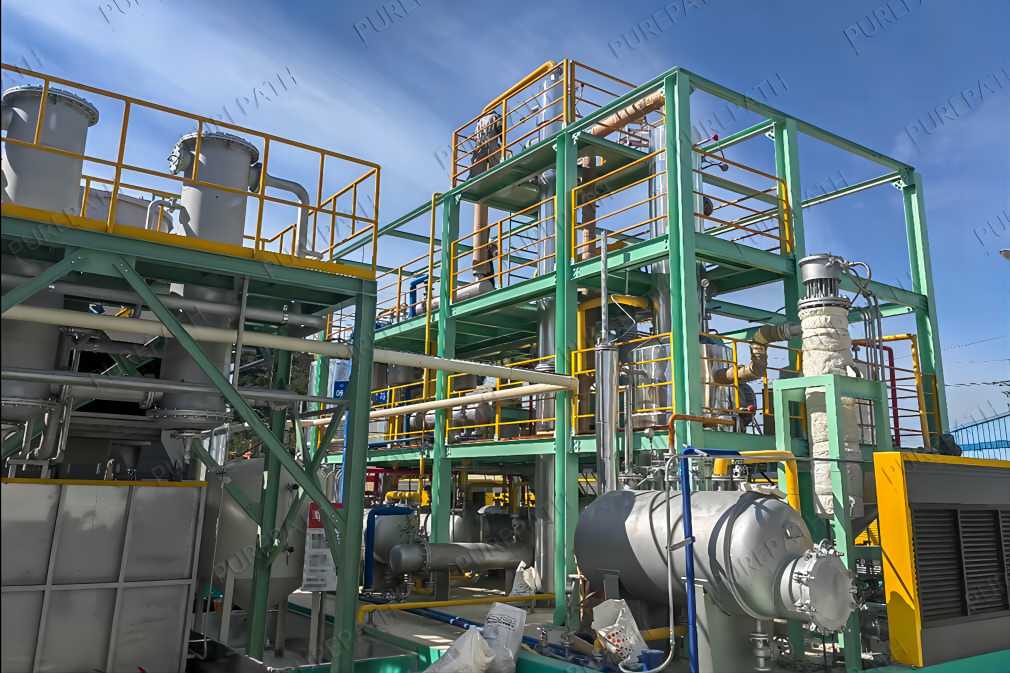
In summary, the intricate interplay between chemistry, engineering, and specialized equipment in petroleum refining is fundamental to transforming crude oil into valuable products. This process encompasses a range of chemical reactions—such as cracking, hydrogenation, and isomerization—each reliant on advanced catalysts and precisely designed equipment to optimize efficiency and product quality. As the industry navigates increasing environmental demands, the importance of innovative technologies and sustainable practices becomes paramount. By focusing on the continual improvement of refining processes and equipment, the petroleum refining sector can not only meet global energy needs but also contribute to a more sustainable future, balancing economic viability with environmental responsibility. The ongoing evolution in refining technology promises a robust framework for producing high-quality fuels and petrochemicals while minimizing ecological impact.


